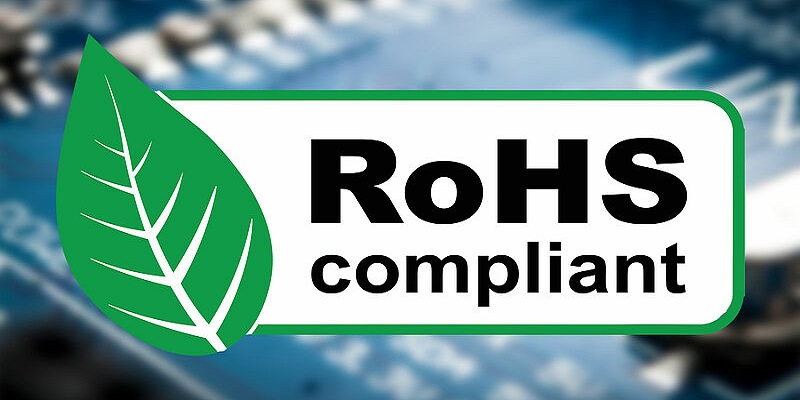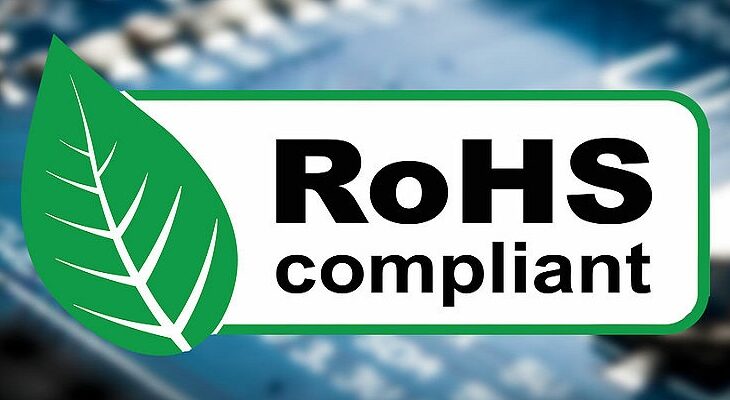
Most products in the modern world are made up of electrical and electronic components. We cannot say that every piece inside the circuit is safe to use. However, some products are necessary for the operation of the electronic system even though they are harmful. Therefore, the European Union came up with Restriction of Hazardous Substances (RoHS) to restrict & regulate hazardous goods that form an integral part of an electronic item. But why do companies need RoHS compliance?
The main aim of the Union was to prevent any form of adverse health issues to the users of the products and the environment in general. This blog will explain the need for RoHS compliance.
What initiated the RoHS Directive?
The European Union brought in RoHS to ensure the well-being of manufacturers, dealers, consumers, and the ecosystem.
In the early 20th century, chemicals started to take an important place in the manufacturing sector. It is because of the chemicals’ inherent properties. For instance, Radium was used for its luminescence, and 60/40 lead-tin alloy had a low melting point.
No manufacturer had thorough knowledge about the harmful effects of these chemicals, and it presented a threat to those exposed to them. So, to curb down these issues, the EU formulated the RoHS directive.
Therefore, a company needs to do RoHS & REACH compliance to minimize the health risks from hazardous substances.
Restricted chemicals under RoHS
The manufacturer of any electronic product can only use the following substances to an extent:
Need for RoHS
The broader perspective
When manufacturers utilize, treat, and dispose of EEE products, hazardous substances are released as waste. It can cause serious health and environmental issues. Therefore, any substance that falls under the purview of this directive should be used only within the prescribed quantity.
When companies start to comply with this directive, they need to take cognizance of hazardous substances. This process is made easy by outsourcing the SDS services to a specialized team.
The granular perspective
If proper compliance is not made, it affects the company legally and also from an environmental perspective. Say there is a product being manufactured. It goes through multi touchpoints. At every stage, a human is involved. Hence, any hazardous substance, if any, can affect this entire chain of people.
The product life cycle does not end right away after disposal. In fact, it starts to affect more only after this stage. When a product contains more than allowable amounts of harmful substances, the chemicals find it’s way into the soil and water.
Thus, the hazardous substances will start to endanger the ecosystem and the natural wealth of the world. It is the primary reason why companies must get themselves RoHS certified.
How can your company become RoHS compliant?
A manufacturer of any electronic product must perform the conformity assessment procedure to comply with the norms of the RoHS directive. It includes:
Sunstream provides you with prompt RoHS, REACH & Conflict Mineral Compliance. Get in touch with our experts today.




 +1.585.935.7123
+1.585.935.7123 +91-804-148-6861
+91-804-148-6861